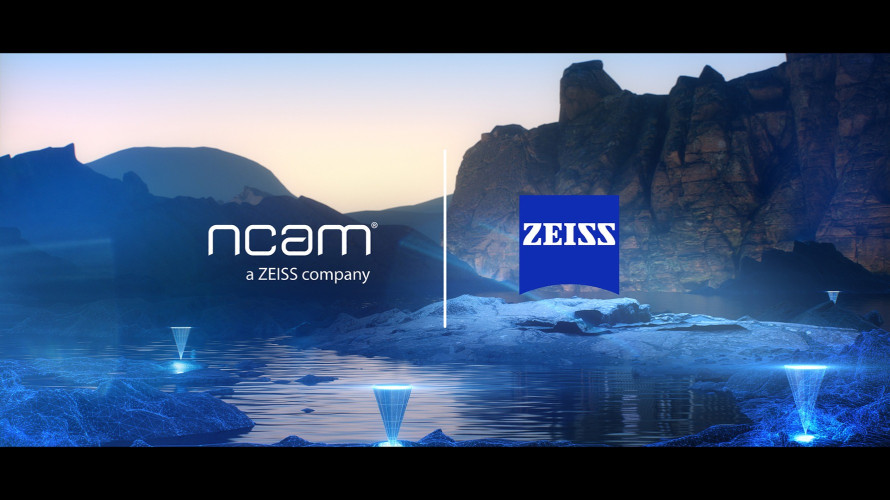by Den Lennie Issue 104 - August 2015
For many clients, the prospect of commissioning a video production leaves one key consideration in their minds and that is: how much is it all going to cost? Particularly for marketing departments or smaller businesses which may only spend a nominal amount of money on advertising. Video production by its very nature involves more personnel and more costs and will likely be inherently more expensive than some graphic design work or print advertising.
If you want to grow and build a successful video production business, you have to start thinking from the clients perspective. The client just sees video as a cost in the early stages. Thats why so many clients are price driven. How many times have you had an email or a phone call in which price comes up in the first five minutes?
Video production is expensive and when you start hiring crew and factor in post-production and all the other associated costs, things can start to add up. So your role as a producer is to help the clients fully understand the benefits and reach of video, over other traditional forms of communication. You need to work with the client to help them understand that any spend should be viewed with a clear return on investment (ROI).
A visitor to a website is more likely to watch a one minute video than read a block of copy because watching a video is far less labour intensive than reading a block of text. And its this key benenfit that you need to explain to clients who are expanding their advertising to video.
This goes beyond just shooting and editing a video; you have to help the client feel comfortable that while there may be a greater initial outlay than perhaps they are used to, the benefits of video can be far reaching.
Many clients may understand the necessity of reaching a far wider audience, but many will not understand the process involved in producing video to a high standard. Some may be attempting to create their own videos, the iPhone, for example, is a very capable video camera and there are many how to videos on YouTube. Your job is to persuade the client that by creating a high-quality video, it will give a far greater impression to their customer. And with a bit of pre-planning, you could shoot a lot of different content within one day of filming, and although this may come at a cost, it could be a real investment long term.
I worked on a project recently that involved a celebrity being booked to endorse a product. The celebrity fee was significant and ran to tens of thousands of pounds. In order to take full advantage of the shooting day, we are planned to shoot between 10 and 15 different films. Those could then be edited and released throughout the year to spread the cost. So while the overall production cost the client in the region of£60,000, we created 15 short videos, and then spread them out over the year and this meant they could incorporate them in different marketing activity, then each video effectively only cost £4000.
Particularly in corporate organisations, breaking down these larger figures into a cost per piece can sometimes ease the shock of a larger number. So the £4000 per video price can be streaming on their website, and be sent out to clients, and they can drive social media and other traffic to web pages.
You simply have to help your client understand the benefits of using video. Remember, most businesses are very focused on the volume, by that I mean website visitors and website traffic. Many focus on the bigger numbers because more traffic equals more sales. One way to help the client understand the ROI of video, is to ask them to do some simple math. For example; lets imagine Bob who manufactures custom alloy wheels. He currently sells 10 sets of alloy wheels per week and makes $5000 profit. Taking a four week month as an average, Bob is currently making $20,000 per month profit. Over the course of the year, thats $240,000. Lets now imagine you could make a series of videos showing the craftsmanship, care and hand detailing on that product. That video could then be uploaded to YouTube and promoted. If he was able to sell an extra five sets of alloy wheels per month, hed make an extra $2500 profit. That is an additional $30,000 in a year.
If you now asked Bob how much he was willing to spend in order to increase five more sets of sales per month that were worth $30,000 a year, he may be willing to spend one third of that extra profit. In truth, he may well be able to sell even more than those predicted five extra sales per month, but its about educating the customer what is possible, and how a video could really be a fantastic return on investment. The really great aspect of this example is that more than likely, Bob will make more sales than predicted - and with more sales, hes likely to ask for more videos. This method of approaching clients from their point of view (whats in it for them) is more likely to have greater outcomes for you and your video business.






























